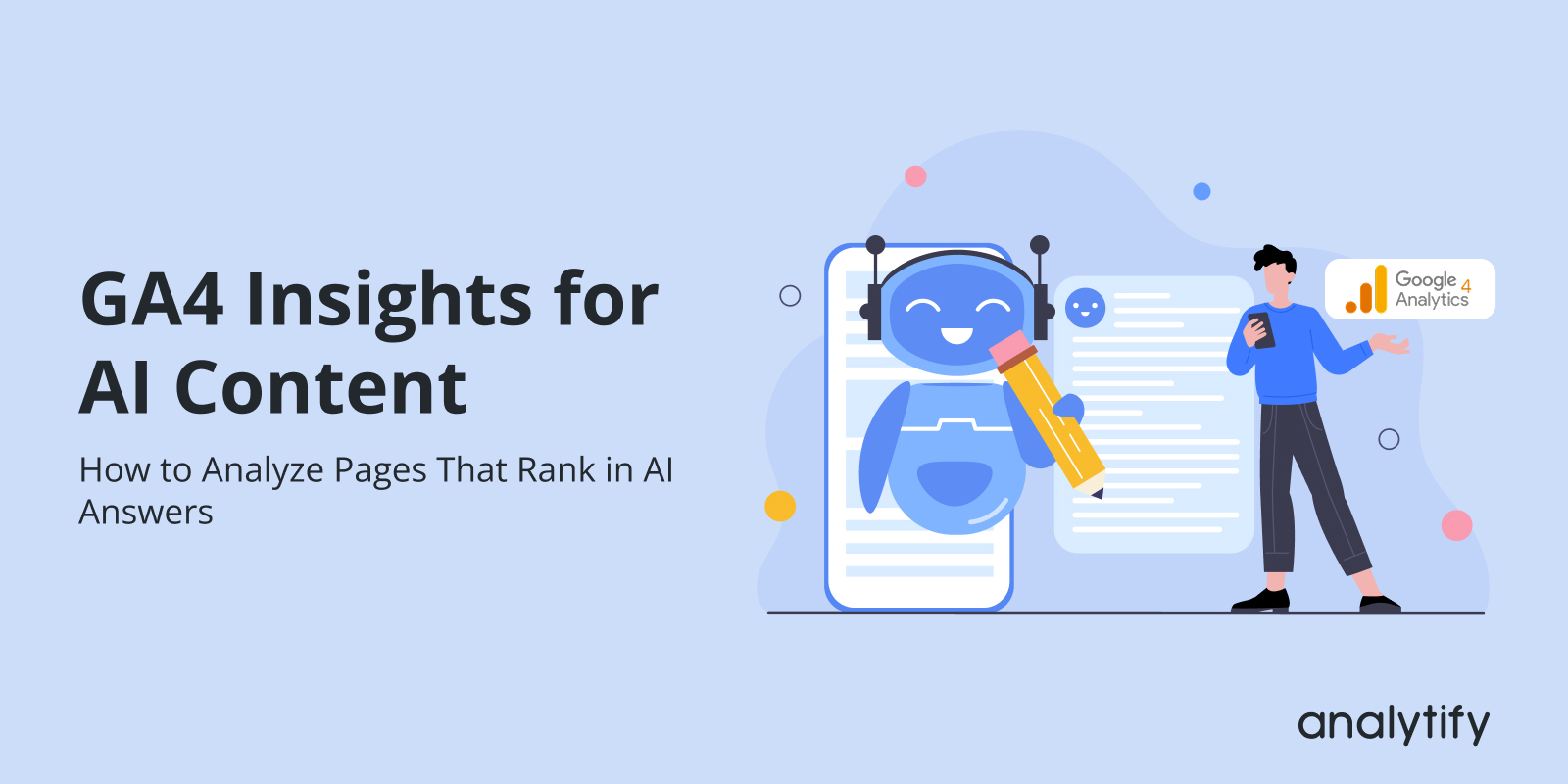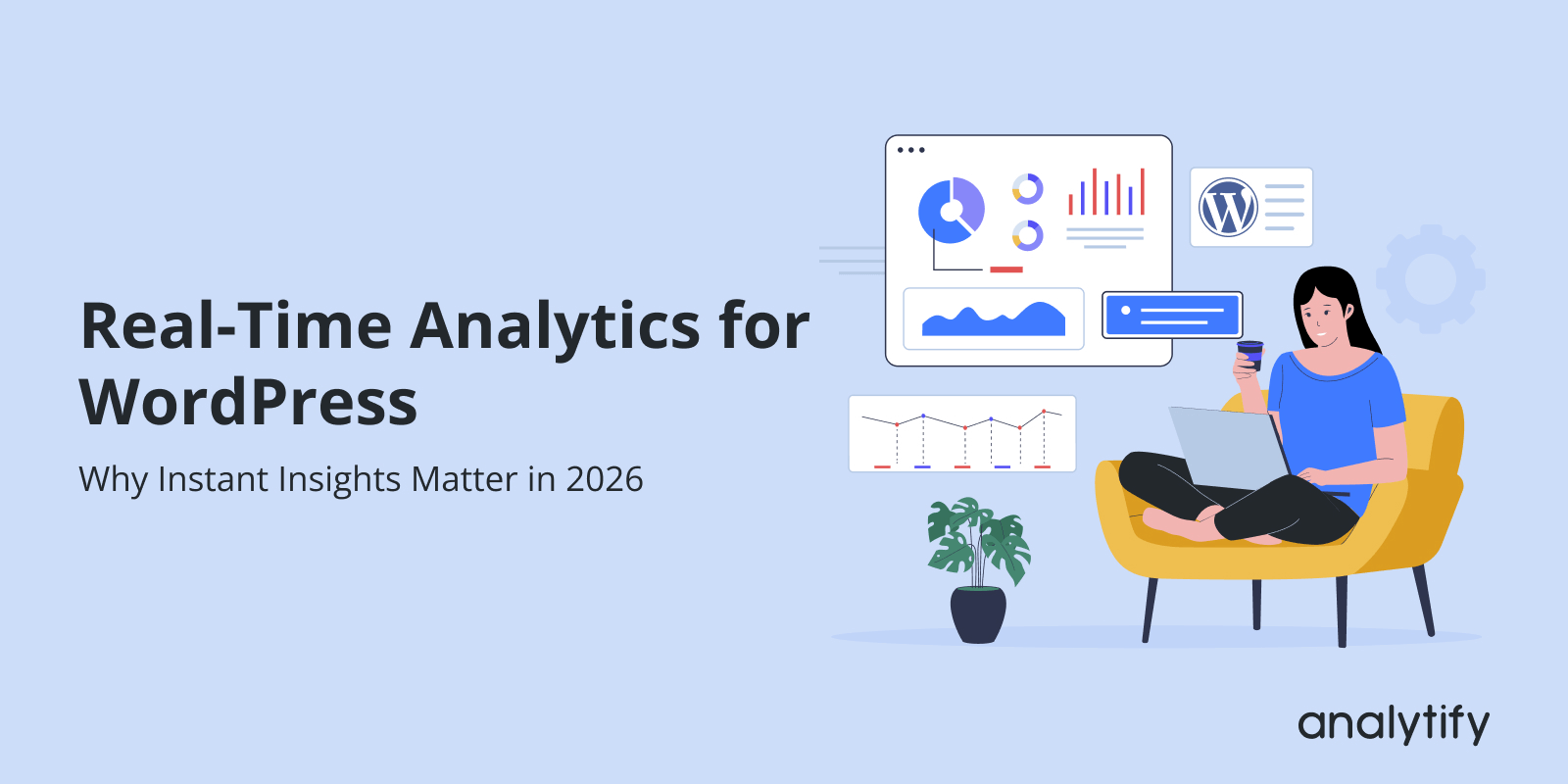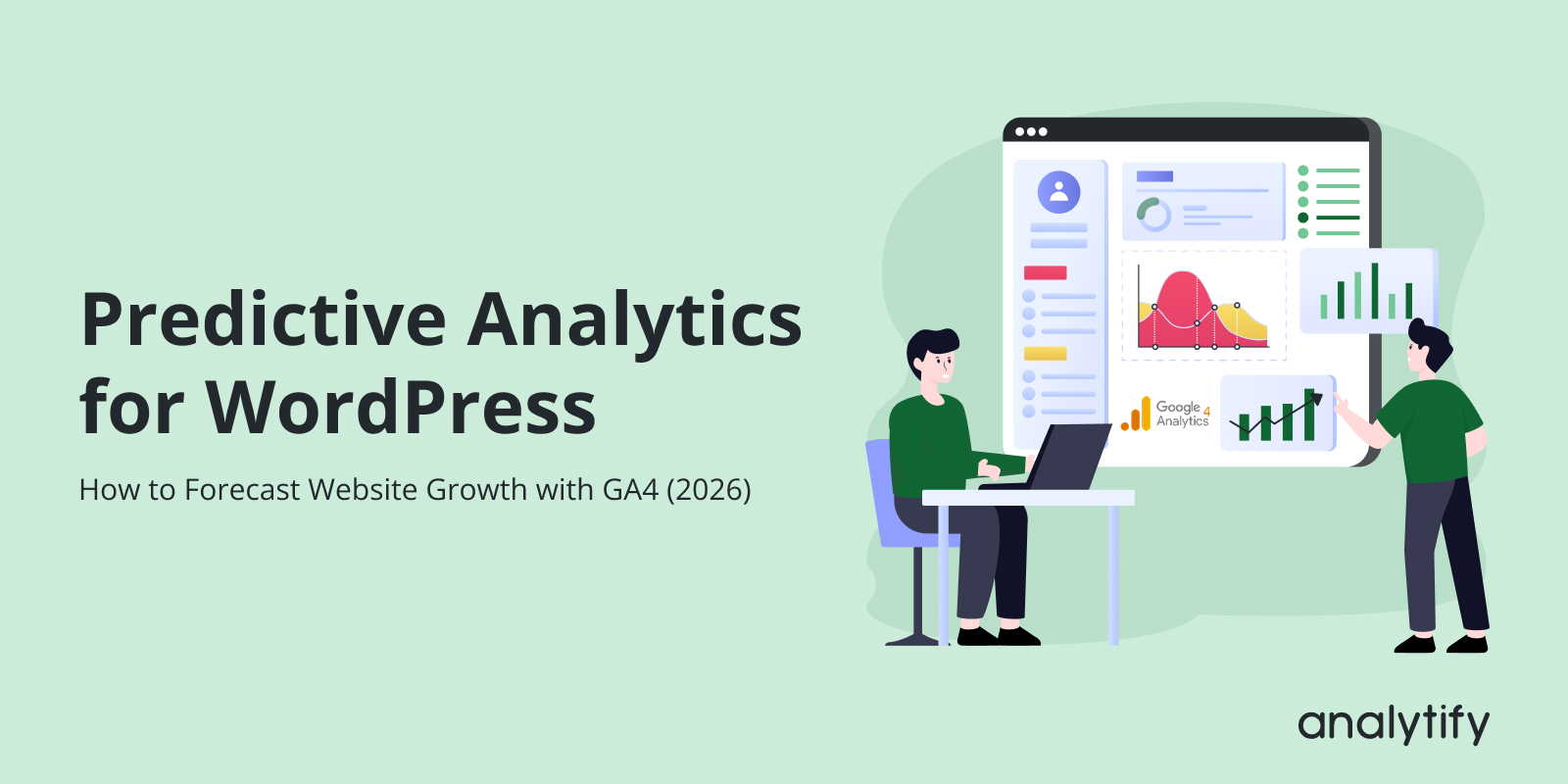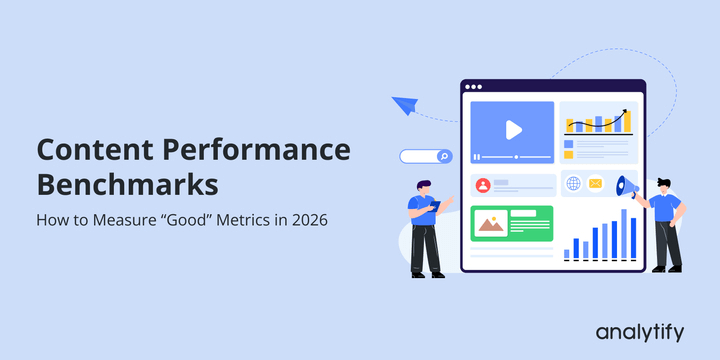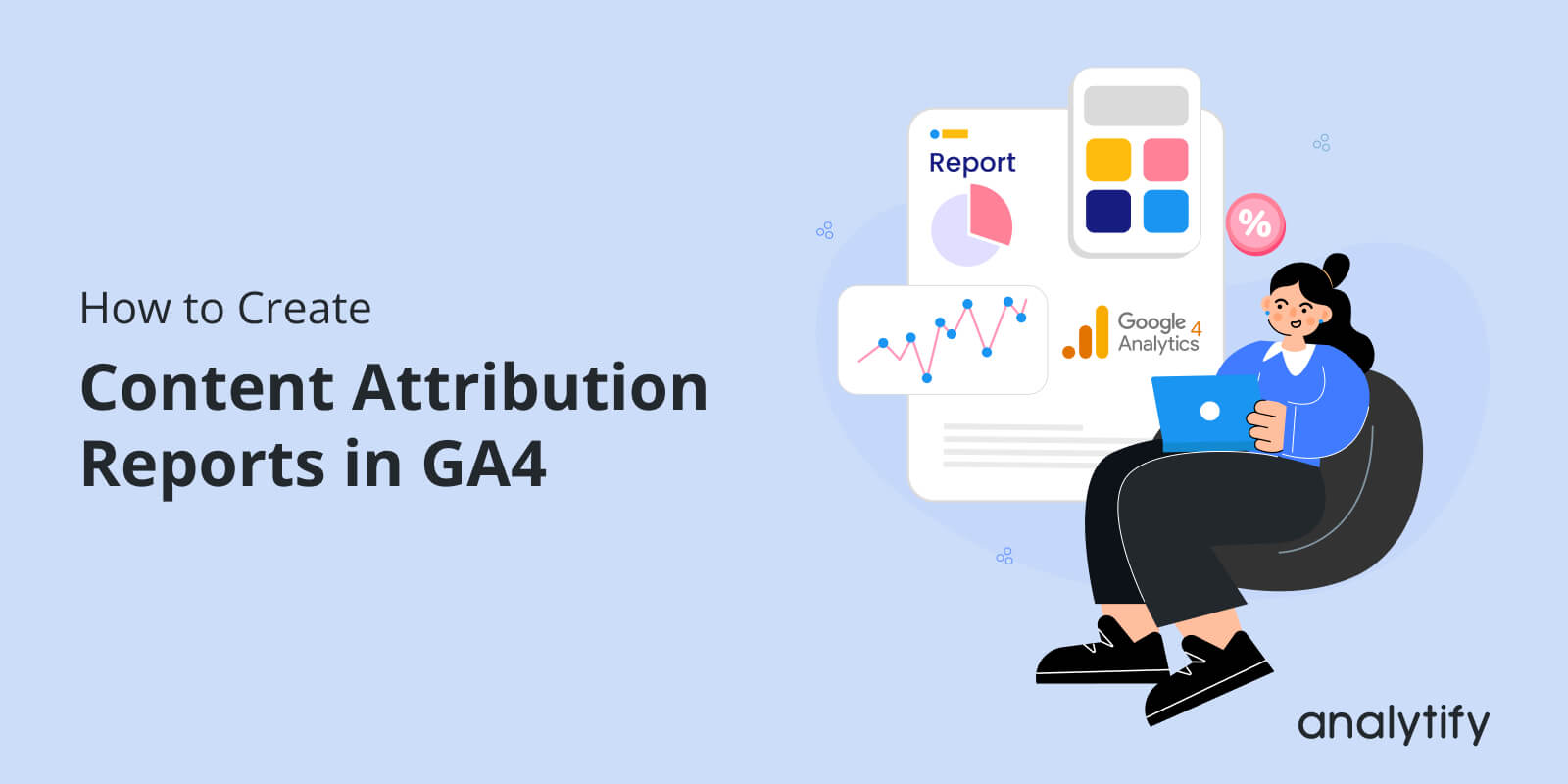Are your WordPress analytics ready for AI‑driven search?
As more users turn to LLMs like ChatGPT, Perplexity, and AI Overviews, traditional keyword‑based insights are no longer enough. These AI tools don’t just read your content; they interpret behavioral signals, metadata, and structured data to understand and surface your content in answers.
This is where AI‑ready analytics comes in.
By structuring your WordPress tracking for GA4 and using Analytify, you can make your events, dimensions, and metadata machine‑friendly. AI tools can then read the context of your content, track engagement, and more accurately detect high-value pages.
Continue reading “AI-Ready Analytics: How to Optimize WordPress Tracking for LLM Search”

